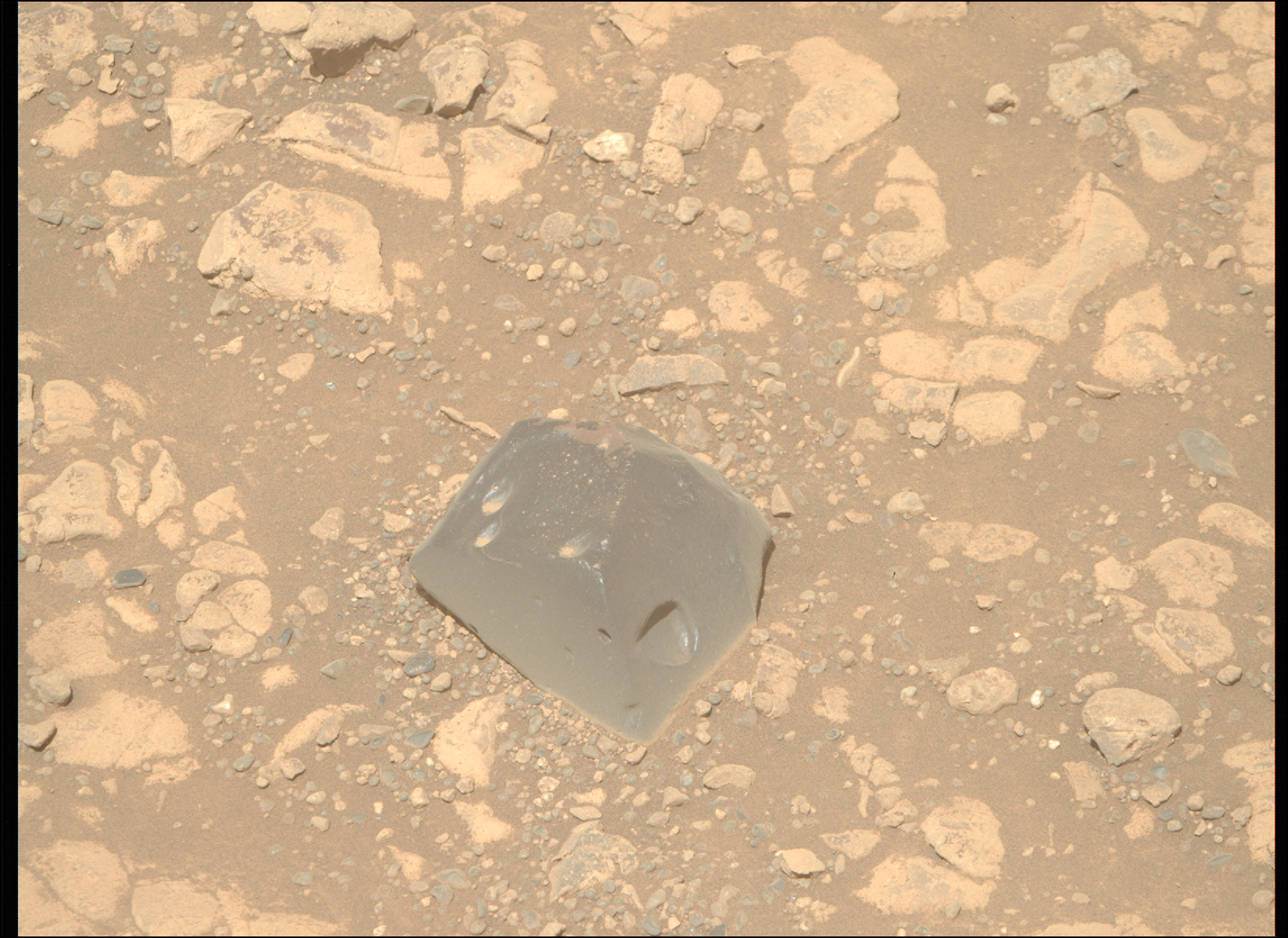Explore This Section
- Perseverance Home
- Science
- News and Features
- Multimedia
- Mars Missions
- Mars Home
2 min read
Written by Margaret Deahn, Ph.D. Student at Purdue University
Last week, NASA's Mars 2020 rover continued its journey down lower 'Witch Hazel Hill' on the Jezero crater rim. The rover stopped along a boundary visible from orbit dividing light and dark rock outcrop (also known as a contact) at a site the team has called 'Port Anson'. In addition to this contact, the rover has encountered a variety of neat rocks that may have originated from elsewhere and transported to their current location, also known as float.

This image from NASA's Mars Perseverance rover, taken by the Mastcam-Z instrument's right eye, shows the 'Skull Hill' target, a dark-toned float rock. The rover acquired this image while driving west downslope towards lower 'Witch Hazel Hill'. Perseverance acquired this image on April 11, 2025, or sol 1472 of the Mars 2020 mission
NASA/JPL-Caltech/ASU
/Public Release. This material from the originating organization/author(s) might be of the point-in-time nature, and edited for clarity, style and length. Mirage.News does not take institutional positions or sides, and all views, positions, and conclusions expressed herein are solely those of the author(s).View in full here.






